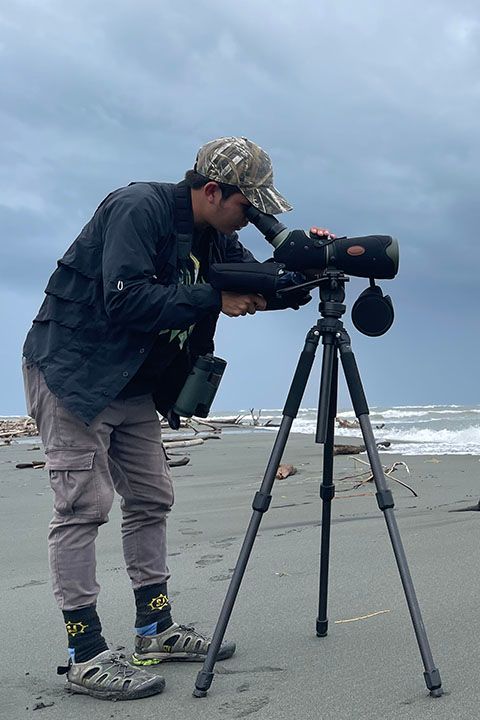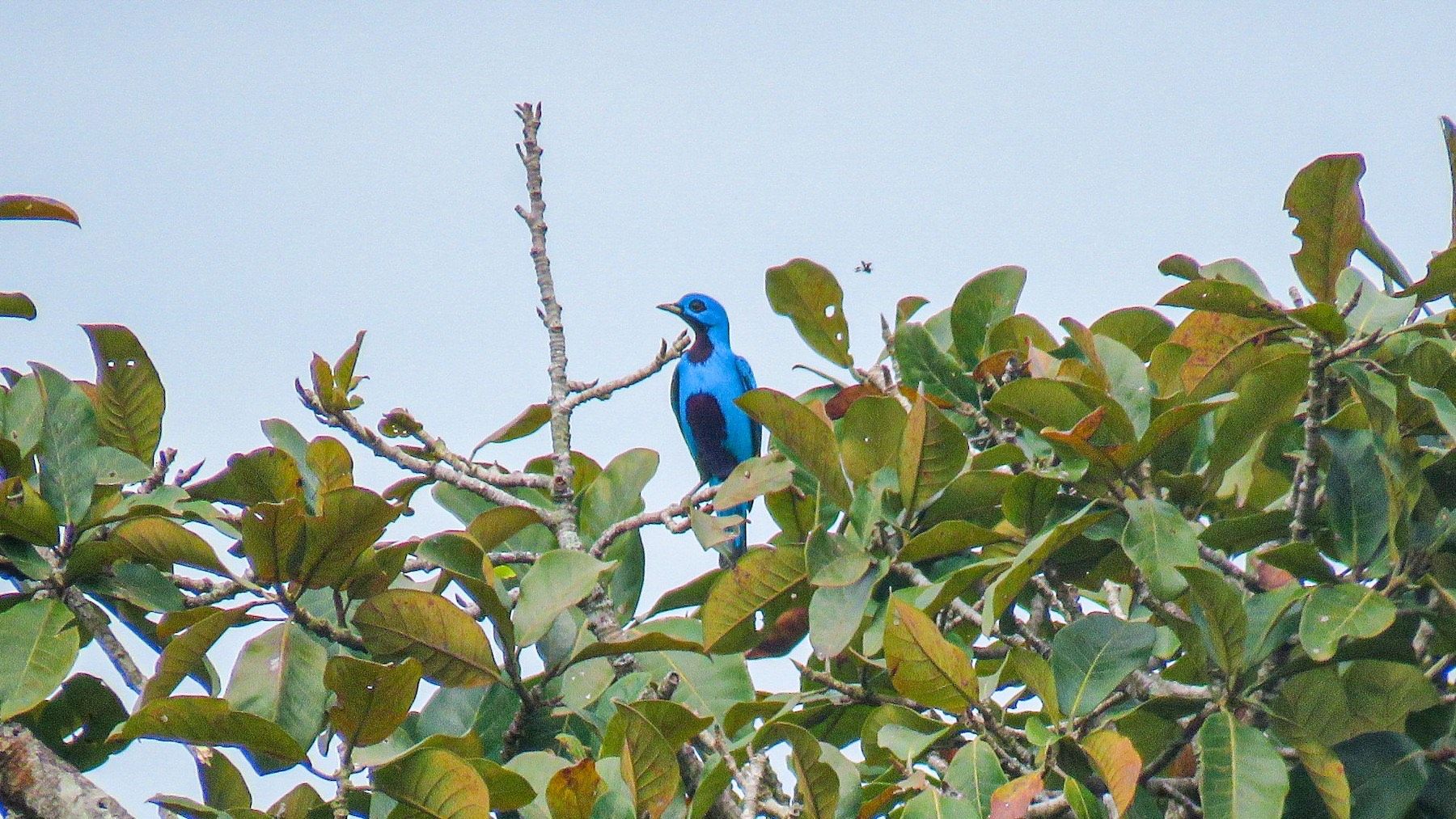Published April-06-2023
New Birding Location in Bocas del Toro
On the Western Caribbean slope of Panama, between 100 and 300 meters above sea level, there is a new birding route that crosses part of the Ngäbe-Bugle indigenous region. It is a natural scenic landscape between high mountains, iconic valleys, amazing rivers, and indigenous towns. This landscape supports subsistence crop production. On this route, one can explore the rich culture of the indigenous region, including the style of artisan houses and the color of the ladies' clothing.

Roger Morales

On the Western Caribbean slope of Panama, between 100 and 300 meters above sea level, there is a new birding route that crosses part of the Ngäbe-Bugle indigenous region. It is a natural scenic landscape between high mountains, iconic valleys, amazing rivers, and indigenous towns. This landscape supports subsistence crop production. On this route, one can explore the rich culture of the indigenous region, including the style of artisan houses and the color of the ladies' clothing.
This route covers about 35 km between small valleys, rivers, communities, and open areas. We have at least eight strategic stops for fantastic bird diversity. On each visit, the quality and quantity of species surprise us. See the eBird Hotspot list here.
It has satisfied our guests on each of our visits due to the number of notable species, such as the Blue Cotinga (Cotinga nattererii). This occurrence is a record location because it is more western than its normal distribution.

Among other colorful beauties: Scarlet-rumped Cacique, White-crowned Parrot, Brown-hooded Parrot, Broad-billed Motmot, Long-billed Starthroat, and Black-chested Jay. Other less colorful but interesting species include: Gray Hawk, White Hawk, Gray-rumped Swift, and a small (almost 6cm) flycatcher, the Black-capped Pygmy-Tyrant.
Likewise, along the entire Western Caribbean slope of Panama, we can observe rare residents, the almost endemic tanagers. They usually move in groups when looking for food. One such bird is the beautiful Sulfur-rumped Tanager. Here we had the first official record of the presence and nesting of the Central American Pygmy-Owl. Its most recent historical record was approximately 43 years ago.

This route has a lot of potential. Each visit has presented us with a significant number of birds and landscapes. On our last trip, we found the first known presence of hybridization between the Flame-rumped Tanager and the Scarlet-rumped Tanager, which would give us a Flame-rumped x Scarlet-rumped Tanager combination.
